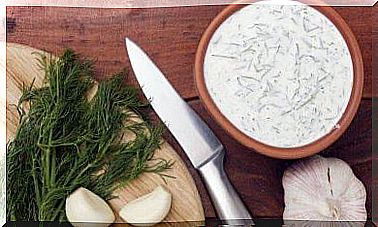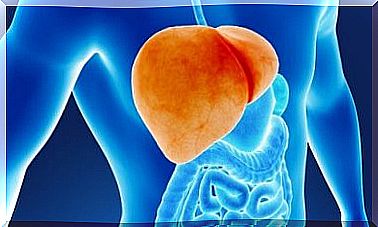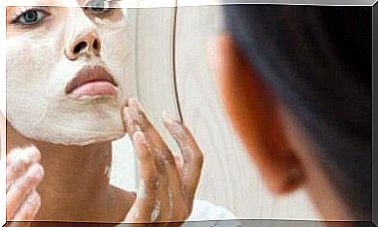What Do You Know About Postpartum Alopecia?
The causes of postpartum alopecia are related to the hormonal changes that occur at this stage. We tell you everything you need to know about it.
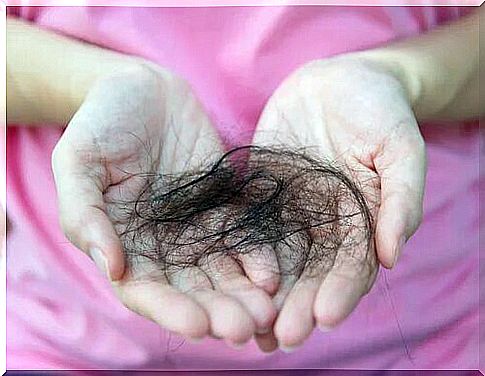
Postpartum alopecia is temporary hair loss that occurs in most women who have given birth. It manifests itself two or three months after the baby is born. However, this is unrelated to the type of breastfeeding the mother performs.
Causes of postpartum alopecia
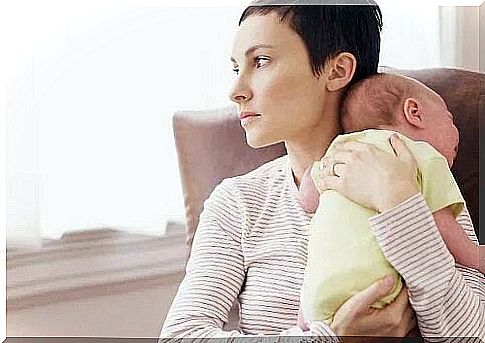
The process that causes this type of alopecia is related to temporary hormonal changes and processes that occur in the postpartum stage. However, other factors come into play, such as:
- Stress : During this time, the mother may feel constrained or stressed by the new situation in her life.
- Iron levels : The decrease in iron levels occurs in a high percentage of women after childbirth and also affects hair loss.
Hair life cycle
To understand the process of postpartum alopecia, it helps to know the life cycle of hair. Each of the hair follicles has the capacity to develop 20 to 25 cycles. These cycles, as evidenced by this information from the journal Pharmacist: Profession and Culture, consist of 3 phases:
- Anagen phase : corresponds to the growth phase and lasts between 2 and 6 years.
- Catagen phase : in this phase, hair growth stops. It lasts between 2 and 3 weeks.
- Telogen phase : this is the phase in which the hair falls out. This process takes about 3 months. The anagen phase then begins again in the same follicle.
Normally 90% of the hair is in the growing phase, while the remaining 10% is in the falling phase. However, during pregnancy, the levels of estrogen and thyroid hormones keep the hair in the anagen phase. This is why many pregnant women notice that their hair looks healthier and fuller during pregnancy.
Postpartum alopecia
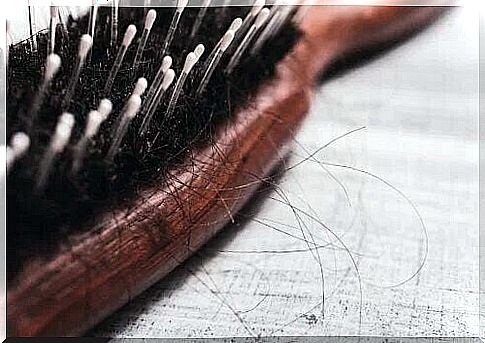
After childbirth, the hormonal levels are rebalanced, so that all the hair that was in the growing phase suddenly goes into a falling phase. This way, two or three months after the baby is born, the mother will suffer from postpartum alopecia.
If in the pre-pregnancy stage a woman loses between 50 and 100 hairs per day, in the postpartum stage this loss can triple. It can even reach 500 hairs per day.
In this sense, the duration of postpartum alopecia is usually 4-6 months, although volume recovery will still take several months and will also depend on each case.
Postpartum anemia and alopecia
Iron deficiency anemia or iron deficiency is very common in postpartum women. This is due to the considerable loss of blood during childbirth and the puerperium, as highlighted in this study published in the Peruvian Journal of Gynecology and Obstetrics.
Lack of iron leads to a decrease in hemoglobin, so that the necessary amount of oxygen cannot be transported to the tissues. For this reason, the hair bulbs, over time, are not well nourished and weaken, which promotes the appearance of postpartum alopecia.
Likewise, certain factors can also contribute to the weakening of the hair bulb and, consequently, to postpartum alopecia, for example:
- Tiredness.
- Lack of sleep.
- Changes in eating habits.
- And the stress of new obligations and attention to the baby.
Prevention and treatment of postpartum alopecia
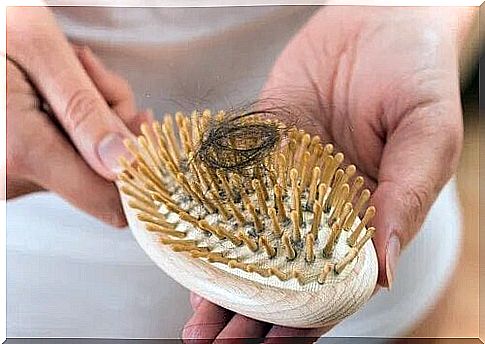
To prevent and reduce the symptoms of postpartum alopecia, a woman needs to adopt good hygiene and take care of her hair.
Product use
The mother should comb her hair gently and use shampoos and products indicated for postpartum alopecia. In addition, it is advisable to limit the use of dryers, hair irons, rough brushes and other treatments that may be aggressive to the hair.
Nutrition to relieve postpartum alopecia
Regarding nutrition, the supply of all vitamins, trace elements and essential amino acids must be ensured. In this sense, you should pay special attention to those that are related to the health of the hair, such as sulfur amino acids, L-cysteine and L-methionine. This is what this research published in the Chilean Dermatological Journal highlights.
These amino acids participate in the transport of iron and zinc to the scalp. Thus, zinc is vital for the formation of keratin, which is the most important protein in hair.
On the other hand, B vitamins, including biotin, which regulates sebaceous secretion, and selenium, as an antioxidant, play an important role in maintaining good hair health.
Millet extract, rich in vitamins and essential fatty acids, minerals, as shown in this study published in Comprehensive Reviews in Food Science and Food Safety, could help slow hair loss while stimulating hair growth.
In the end, we hope you find this information useful when it comes time to give birth. However, if you have any questions about this, it is always best to consult a healthcare practitioner for advice.
